




Pseudo-Asystole III

Pseudo-Asystole II
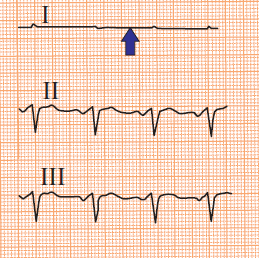
Pseudo-Asystole I
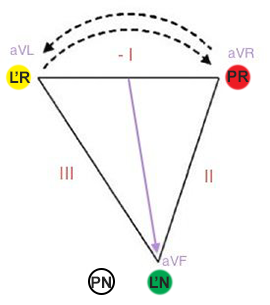
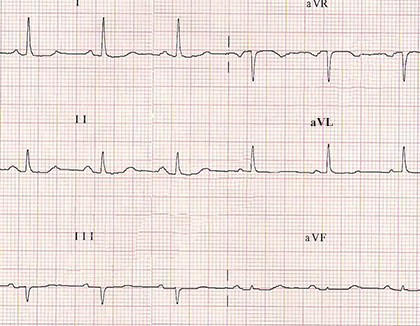
Correctly Positioned Electrodes
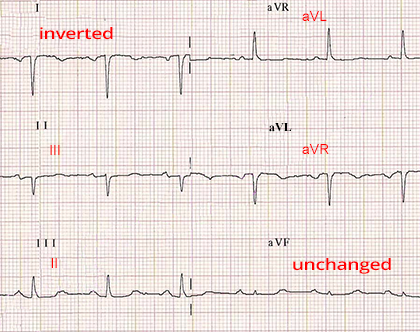
Reversed: Left Arm/Right Arm

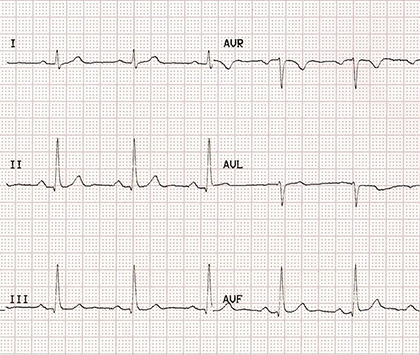
Correctly Placed Electrodes

Reversed: Left Arm/Left Leg


Correctly Placed Electrodes
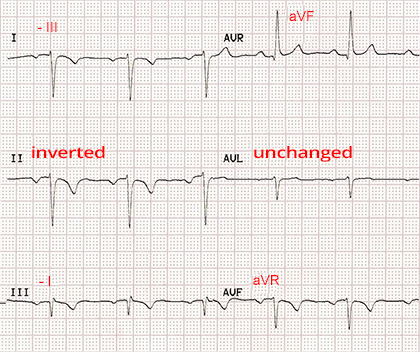
Reversed: Right Arm/Left Leg
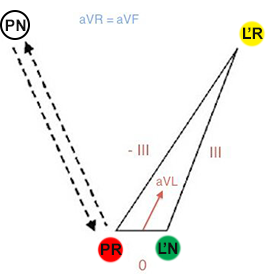

Correctly Placed Electrodes

Reversed: Left Arm/Right Arm


Correctly Placed Electrodes

Reversed: Left Arm/Right Leg

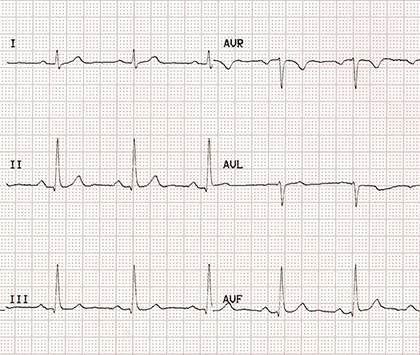
Correctly Placed Electrodes
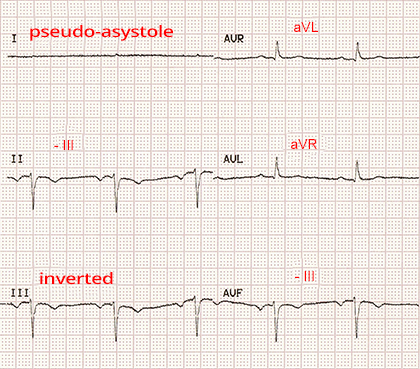
Reversed: Left Arm/Right Arm


Correctly Placed Electrodes
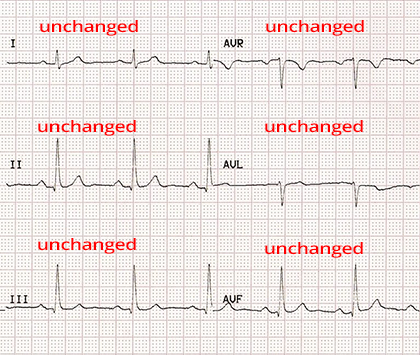
Reversed: Left Arm/Right Arm
Sources
Limb Electrodes
|

|
Limb Leads
|

|
Main Electrical Vector
|

|
Einthoven's Triangle
|

|

Pseudo-Asystole III
|

Pseudo-Asystole II
|

Pseudo-Asystole I
|
Left Arm/Right Arm (LA/RA)
|

|

|

|
|
Correctly Positioned Electrodes
|
Reversed: Left Arm/Right Arm
|
Left Arm/Left Leg (LA/LL)
|

|

|

|
|
Correctly Placed Electrodes
|
Reversed: Left Arm/Left Leg
|
Right Arm/Left Leg (RA/LL)
|

|

|

|
|
Correctly Placed Electrodes
|
Reversed: Right Arm/Left Leg
|
Right Arm/Right Leg (RA/RL)
|

|

|

|
|
Correctly Placed Electrodes
|
Reversed: Left Arm/Right Arm
|
Left Arm/Right Leg (LA/RL)
|

|

|

|
|
Correctly Placed Electrodes
|
Reversed: Left Arm/Right Leg
|
|

|

|

|
|
Correctly Placed Electrodes
|
Reversed: Left Arm/Right Arm
|
Left Leg/Right Leg (LL/RL)
|

|

|

|
|
Correctly Placed Electrodes
|
Reversed: Left Arm/Right Arm
|
Sources